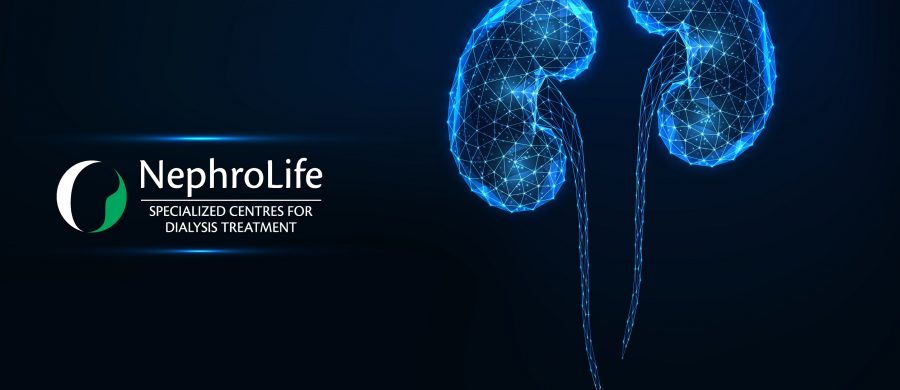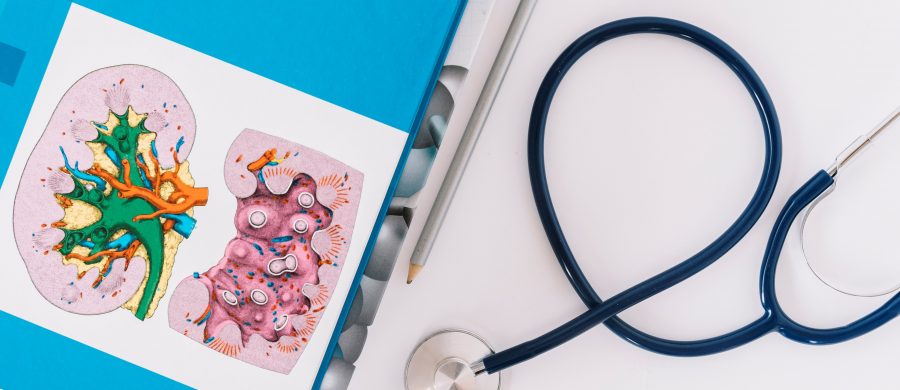Kidney stones (nephrolithiasis or kidney stone disease) are small deposits that build up in the kidneys. The disease could be found accidentally (when there is no pain or crisis) by X-ray of the abdominal area or by ultrasound of the abdominal organs. Kidney stones vary in shape, size and number, ranging in size from a few millimeters to 5-6 cm.
The clinical picture in patients with kidney stones is different and depends on the size and location of the stone itself. Some patients have complaints of dull, slight pain in the lower back, which is not connected with physical activity or body position. In others, kidney stones are presented by changes in the color of urine or frequent urinary tract infections.
Nephrolithiasis may be asymptomatic (without discomfort to the patient). Renal colic is the most common clinical appearance of kidney stone disease, and it occurs most often when a stone begins to move down through the narrowest part of the urinary system.
Types of kidney stones
Very often kidney stones have a mixed chemical composition and are varied in shape and color. Some of them are:
- Calcium oxalate – the most common kidney stones. The main reasons for their formation are: increased absorption of calcium in the small intestine from food, increased excretion of calcium from bones, hyperparathyroidism, vitamin D intoxication, dehydration, taking certain medications, increased intake of oxalates with food
- Calcium phosphate stones
- Struvite stones – they are formed in frequent bacterial infections of the urinary tract
- Urate stones (uric acid stones) – formed by increased urinary acid excretion in the urine and in people who do not drink enough fluids












